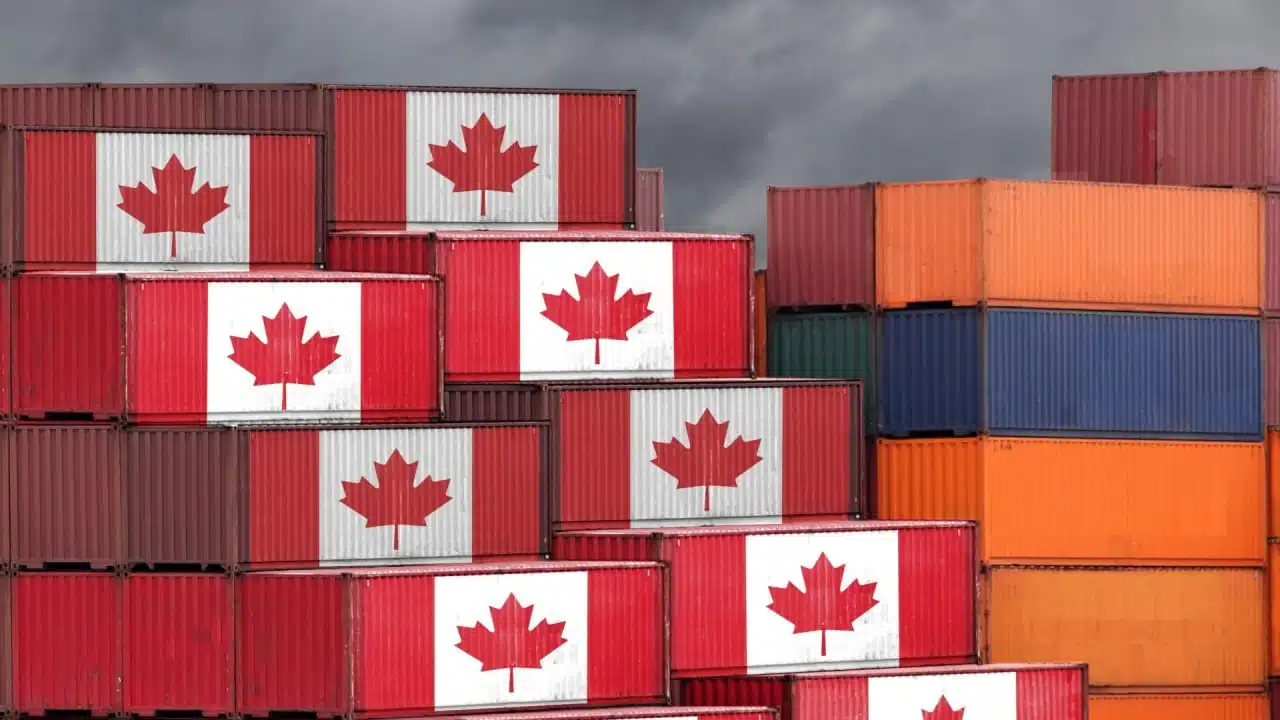

Table of Contents

How To Start Import/Export Business In Canada ?
Setting up an import/export business in Canada requires a lot of forethought and involves very specific documentation. First and foremost, one must register the business with the Canada Revenue Agency, or CRA, and obtain what’s called a Business Number, shortened to BN.
This number will act as your number for import/export here domestically in Canada, and you’ll use it to move your goods across international borders.
Besides registration, you need to set up an import/export account that will be linked to your BN. You might also need permits or licenses for controlled goods, depending on what you’re selling.
You need to be aware of the regulations for your product because this will help you to identify if special documentation-an import permit, for example-is required.
Also, take your time to get conversant with customs duties, taxes, and tariffs. Once you have prepared well and followed all the regulations to the letter, this is where you can confidently say your import/export business can kick off in Canada.


How to get an Import and Export License from China to Canada?
Importation and exportation of goods in Canada are not possible without proper documentation. But what does an import and export license mean?
In Canada, an export license in Canada and an import license pertain to the account created by a business before bringing such goods into or out of the country. In most cases, this is also referred to as the import export number in Canada.
It is sometimes confused with a license, but they are different, really. An import permit in Canada is a paper from the national government, actually allowing the shipping of particular goods across borders.
Whereas some products are put under such authorizations, others have fewer restrictions, therefore can be traded without any permit. It actually depends on the nature of the goods that are handled in import export Canada operations.
Before importing or exporting goods in China, this is what you should do:
1. Obtain a Business Number (BN)
Every importer and exporter in Canada needs to have a Business Number. As an individual or a business, apply for a BN from the Canada Revenue Agency, CRA.
When you have this number, it will be used to create the import/export account. This number is what normally goes by the name of the import export number in Canada. To register a Business Number and create your import/export account, go to the official website of the Canada Revenue Agency.
2. Are your goods subject to any restrictions?
Goods are either non-restricted, restricted, or prohibited. Goods that require licensing are referred to as restricted goods, while prohibited goods are those that must not be imported or exported at all. You must, therefore, identify which category your goods belong to. The Canada Border Service Agency, CBSA, regulates this.
When importing to Canada, these are some of the restricted goods:
- Agriculture
- Plants
- Animals
- Related products
When exporting from Canada, these are some of the restricted goods:
- Military and strategic
- Goods and technology (including cryptographic items)
- Softwood lumber
- Firearms
- Sugar and coating products
- Peanut butter
- Logs
- United States original goods and technologies

Import License Canada Guide
Before you import goods, you would want to determine whether you need an import license. The question of, “Do I need an import license in Canada?” is critical to consider first. If yes, then here are the steps that you should follow to make sure your importation goes well:
How To Register Import Export Business In Canada?
1. Obtain a business number
As explained above, this represents the initial most crucial stage in the process of shipment in Canada.
2. Identify the goods you want to import and the value
By the time you start planning on importing into Canada, you definitely know what you want already. Is it a car? Is it a weapon? Well, you need to be clear on what you want, and you can also research how much it will cost.
3. Identify the country of origin
From where will you import? China or the USA? Canada is actually among the top economies in the world. It has good economic relations with several countries. Some of the top Countries that Canada imports from include:
China
USA
Mexico
Germany
Japan
United Kingdom
4. Will you need a customs broker?
You have two options when importing goods in Canada. You can either do the shipping process by yourself, personal importer, or get a customs broker, commercial importer. Some of the roles and benefits of getting a customs broker include:
Customs brokers will ensure that you have all the necessary documents
They will help you in making shipping decisions
They ensure you act per the rules and regulations
With a customs broker, you can avoid penalization
They liaise with the government for restricted imports
They submit import declarations to the customs on your behalf
5. Determine if the goods are restricted in Canada or not
The CBSA is in charge of this. You must ensure that you check with the CBSA if your goods are admissible into the country, restricted, or prohibited. If the goods are restricted, you can apply for a permit so that you may be allowed to ship the goods. If the goods are prohibited, then you cannot ship them into Canada.
Generally, the roles of CBSA are:
The agency offers non-discriminatory border services to foster national security and public safety.
They ease the movement of people and transportation of goods.
Things you need to do before importing to Canada
Once you have made the determination that you can import the goods into Canada, here are some of the things you should do:
In importing, it is important that you determine your tariff classification, applicable tariff treatment, rate of duty, and taxes payable on the goods. This would prevent overpayment or underpayment, which reduces much risk that your goods might be seized, or other penalties such as AMPS.
It is also essential for companies based in Canada and importing and exporting products to determine whether any benefit can be accrued through Free Trade Agreements between Canada and various countries such as Australia, Japan, and Mexico, to name a few.
Understanding the customs regulations is really important to conduct an import or export business in Canada. You got to know which documents you are supposed to present, manage trade compliance issues, and understand things about tariff classification and free trade agreements.
This can be done by yourself when filing import declarations with the CBSA or by using a customs broker. Many times, even a courier broker does the shipping on your behalf and takes care of the customs. Payment duties and taxes can be done through Direct Security, GST direct, or a bond held by a customs broker.
For businesses involved in import and export in Canada, deciding on a shipping method—whether by air, sea, rail, or road—is essential. Lastly, choose the right Incoterm (Ex Works , Free on Board , Cost Insurance and Freight , Delivered Duty Paid,etc) to define the shipping and delivery terms for your import and export in Canada.

Export License Canada Guide
Are you ready to export goods from Canada? Above all, you must have an export permit in Canada if you do not have one. The procedure for exporting goods is almost the same as for importing. The following steps will help you in exporting goods from Canada:
1. Get a business number
As mentioned above, the exportation of goods is one of the places where you are obligated to acquire a business number. Using the a business number, you will be able to open an import/export account.
2. What goods do you want to export?
You shall be expected to give clear, particularized details of what you are shipping when you make your export declaration.
3. Are the goods permitted to be exported?
Some goods cannot be exported from Canada. Such goods include counterfeit money and stolen vehicles. Some goods are restricted. In the case of such goods, you need to get a permit or a license. Such goods include firearms, explosives, consumer goods, and cryptographic goods.
4. Which country are you exporting to?
Some of the countries that Canada exports to include China, United Kingdom, Japan, Australia, Switzerland, United States, Netherlands, Belgium, Brazil, and Indonesia. After identifying the country, you need to ascertain that the goods you want to export will be allowed there.
Export Declaration
Actually, export declaration is not always necessary when exporting goods from Canada. Why? Let us explain the point by a simple example: if you import the goods-restricted or non-restricted-in the United States, then you are not required to make any export declaration.
Submission of Export Declaration: You can submit an export declaration either through the Canadian Export Reporting System or through G7 Electronic Data Interchange Export Reporting.
If you export by air, rail, or mail, you shall have to make this declaration 2 hours before the goods are packed into the vessels.
If you ship by marine, it is to be presented two days in advance of loading the goods onto the ships. In using the highway as your means of transport, you must submit this at the time of leaving Canada.
Export License Canada Guide
Are you ready to export goods from Canada? Above all, you must have an export permit in Canada if you do not have one. The procedure for exporting goods is almost the same as for importing. The following steps will help you in exporting goods from Canada:
Get a business number
As mentioned above, the exportation of goods is one of the places where you are obligated to acquire a business number. Using the a business number, you will be able to open an import/export account.
What goods do you want to export?
You shall be expected to give clear, particularized details of what you are shipping when you make your export declaration.
Are the goods permitted to be exported?
Some goods cannot be exported from Canada. Such goods include counterfeit money and stolen vehicles. Some goods are restricted. In the case of such goods, you need to get a permit or a license. Such goods include firearms, explosives, consumer goods, and cryptographic goods.
Which country are you exporting to?
Some of the countries that Canada exports to include China, United Kingdom, Japan, Australia, Switzerland, United States, Netherlands, Belgium, Brazil, and Indonesia. After identifying the country, you need to ascertain that the goods you want to export will be allowed there.
Export Declaration
Actually, export declaration is not always necessary when exporting goods from Canada. Why? Let us explain the point by a simple example: if you import the goods-restricted or non-restricted-in the United States, then you are not required to make any export declaration.
Submission of Export Declaration: You can submit an export declaration either through the Canadian Export Reporting System or through G7 Electronic Data Interchange Export Reporting.
If you export by air, rail, or mail, you shall have to make this declaration 2 hours before the goods are packed into the vessels.
If you ship by marine, it is to be presented two days in advance of loading the goods onto the ships. In using the highway as your means of transport, you must submit this at the time of leaving Canada.

Application for an Import/Export Permit
In short, efficiently managing import and export in Canada deals with a
broad-based understanding of customs regulations, tariff classifications, and
various trade agreements. When it comes to shipping from China to Canada by any
business firm, proper documentation and compliance under both Canadian and
international regulations become highly vital. Conversely, by choosing the
correct shipping method, along with Incoterms that suit them best and perhaps in
conjunction with Free Trade Agreements, businesses can streamline their
operations and reduce risk.
Whether it is the handling processes independently or with the
brokers, planning any process in detail and following the guidelines
is very important for maximization of trade activities and seamless
transactions in the competitive frontier of import and export in
Canada.
Final Takeaway
In short, efficiently managing import and export in Canada deals with a broad-based understanding of customs regulations, tariff classifications, and various trade agreements. When it comes to shipping from China to Canada by any business firm, proper documentation and compliance under both Canadian and international regulations become highly vital. Conversely, by choosing the correct shipping method, along with Incoterms that suit them best and perhaps in conjunction with Free Trade Agreements, businesses can streamline their operations and reduce risk. Whether it is the handling processes independently or with the brokers, planning any process in detail and following the guidelines is very important for maximization of trade activities and seamless transactions in the competitive frontier of import and export in Canada.
FAQ
The body is responsible for issuing permits in Canada in the Export and Import Controls Bureau.
You can make an online application by filling out a form and sending it to the office of Global Affairs in Ottawa. You can also decide to get a customs broker who will get the import permit on your behalf.
An annual import permit costs at most $1324, while a single-use permit is $164. There is no fee charged for export and in-transit permits. You will be charged $153 for authorization of products that are not authorized, for a specified period.
The permits are issued in Ottawa at the offices of Global Affair.
The first thing to do is to register for a business number. You should then create an importer/exporter account. Once you have this, you can begin your importation/exportation process.
To register your business, there are two options. First, you can contact the CRA business window. The number to call is 1-800-959-5525. Second, you can do it online by visiting the CRA Business Registration Online (BRO).
No. Once you have an import or export license you do not have to renew it every now and then. You can use it for a long period.
An import license is permanent and allows you to run a business, while an import license is temporary and is meant to be used in showing that the importation process you are undertaking is legal. An import license is obtained only once while an import permit is only valid for about 30 days.

TopShipping
With years of experience in logistics and freight forwarding, the author is passionate about making shipping smoother and more efficient.
As a leader at TopShipping, they’ve developed a deep understanding of supply chain management, international shipping rules, and creative logistics solutions. They’re driven by a desire to help businesses succeed by delivering reliable, customer-focused services.
Over the years, they’ve also shared their expertise by writing for various industry publications, offering practical tips and insights on the latest trends in logistics. Thanks to their leadership, TopShipping has become a trusted name for companies looking for hassle-free global freight solutions.
Comment Section
Comment
Write your idea about "How to get an import / export license in Canada"


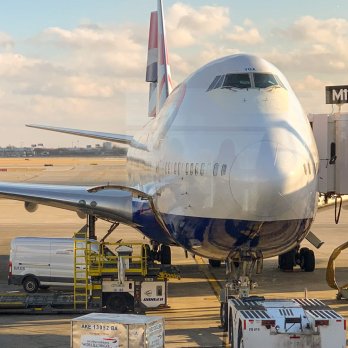
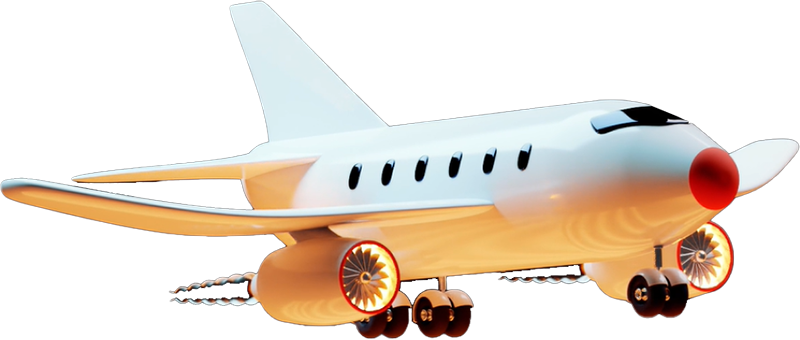

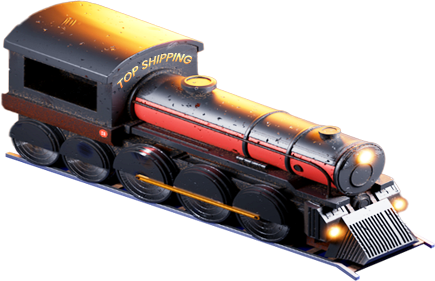
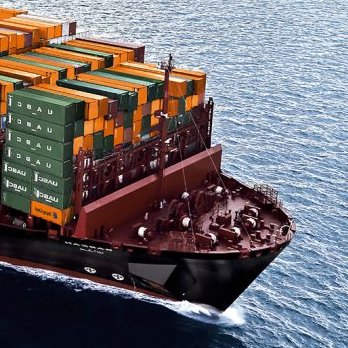
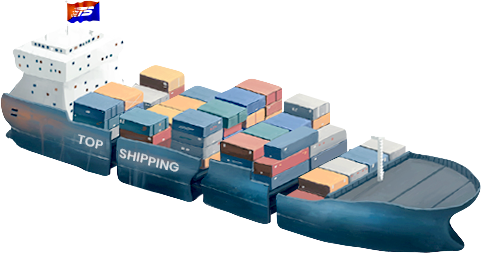
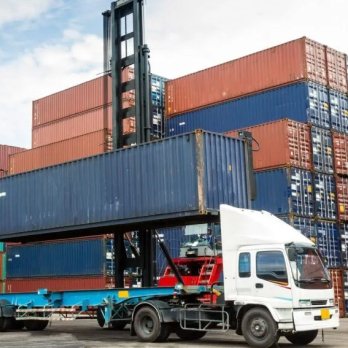
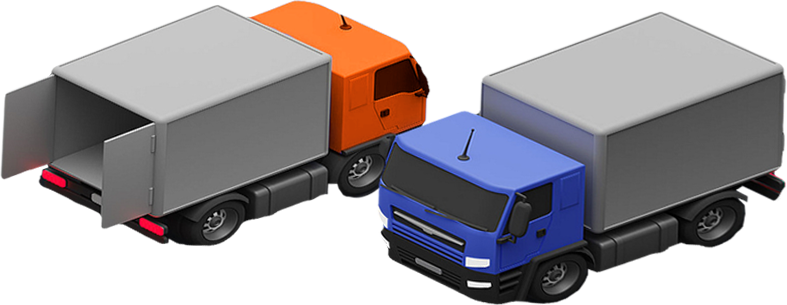
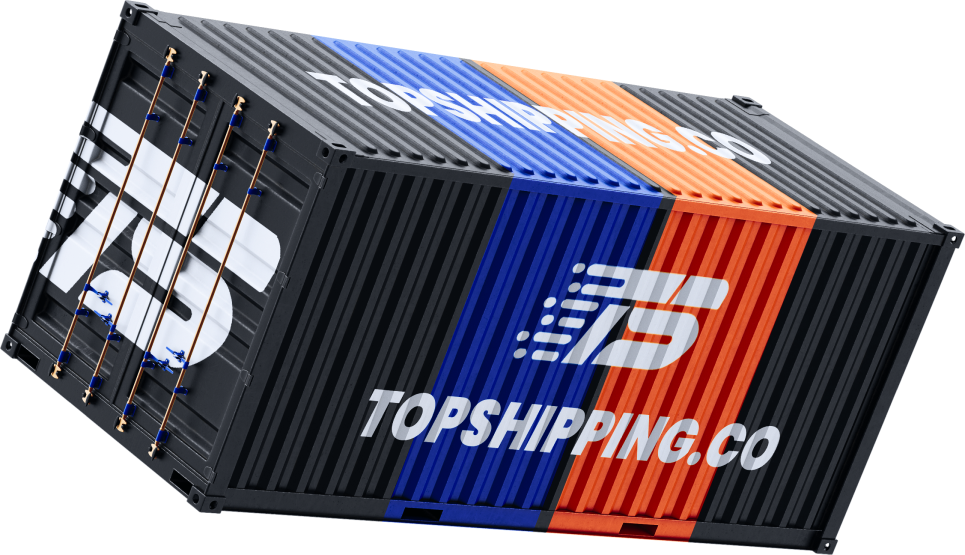





No comments yet.